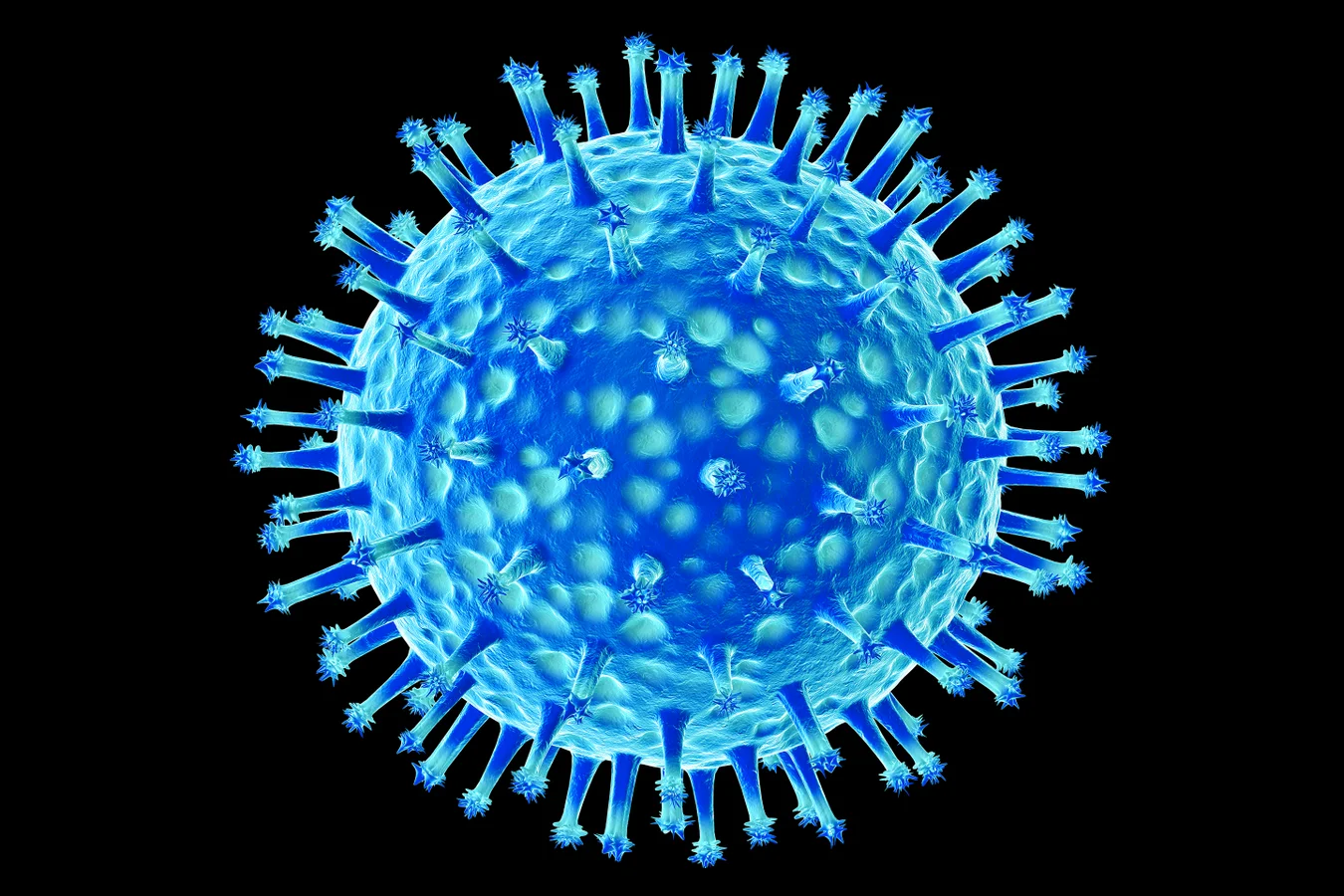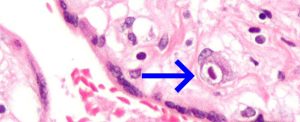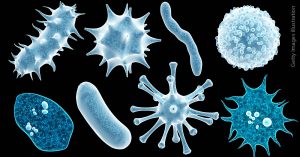Recent sample in an H5N1 case in Louisiana indicates that the virus might be adapting to spread between man. However, the CDC continues to assert that the odds of infection for a common person is small.
The CDC reports that virus samples collected from a Louisiana patient, admitted to the hospital with critical H5N1 avian influenza, brought new gene mutations that likely increase the likelihood of human-to-human transmission. Interestingly, these mutations were not found in samples from backyard poultry which is believed to have harbored the infection. This maybe an indication that mutations happened in the patient after he got in contact with the infected agent.
1/ 🦠 Concerns Over Bird Flu Mutations: A Louisiana patient with severe bird flu illness was found to have a mutated version of the H5N1 virus. This raises fears about human-to-human transmission. #BirdFlu pic.twitter.com/h9cZRmFYiR
— News Bee (@NewsBzzz) December 31, 2024
More about the news
However, in the same way that the CDC has suggested these findings do not change the perception of a relatively low level of threat to the population at large, the discovery shows how the virus can adapt to the human airway tract.
In a statement, the CDC highlighted the importance of continued genomic surveillance:
The avian influenza case in a human clade with increased genetic changes indicates the need for continued genomic surveillance and control of avian flu outbreaks in both humans from infected animals and the environment, Scientific American notes.
Transmission of the disease
It however took the CDC till December 18 to confirm that the Louisiana case was the worst H5N1 flu infection reported of the year in the United States. H5N1 has been identified to be in wild birds matrix and was identified in the Us dairy cattle early this March. It has however extended to positive herds over 200 in 16 states.
The patient’s samples had only four changes in the genetic codes: three of them were in the hemagglutinin gene related to the virus’s ability to enter human cells. This kind of mutation occurs exceedingly rarely in people and, if it does occur, may be identified in very lethal outcomes excluding American ones. Another similar mutation was found in a Canadian teenager who was admitted in November with H5N1.
Most importantly, no changes in the neuraminidase (N1) gene or other segments exist that might render the virus less sensitive to antiviral treatment. Today’s H5N1 strains remain closely related advising the practicality of developing new vaccines if needed.
Conclusion
Despite low danger to the rest of the population till now, the identification of genetic mutations in human H5N1 cases call for continued surveillance, timely quarantine and strict protective measures that help reduce humans’ contacts with infected animals.





